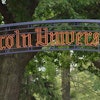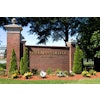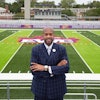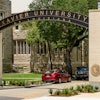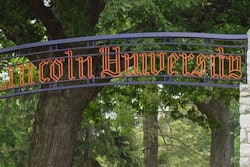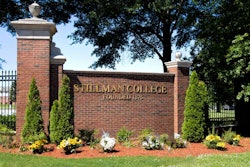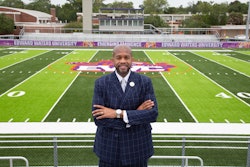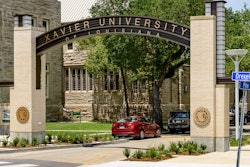Jelani M. Favors’ new book, Shelter in a Time of Storm: How Black Colleges Fostered Generations of Leadership and Activism, weaves together the narratives of seven Black institutions into a formidable narrative of the subversive, activist, and liberative underpinnings of historically Black colleges and universities (HBCUs).
Although 368 pages long, Favors’ erudite storytelling masterfully draws the reader into the realities of these institutions. Rather than writing an extended history of Black higher education, Favors provides windows into particularly salient times in the formation or reaffirmation of these seven institutions. Favors also does not focus on widely notable figures (e.g. W.E.B. DuBois, Booker T. Washington, Ida B. Wells, Stokely Carmichael), instead he places the narratives of intuitional and student activism within the broader movements of the eras in which they were operating. As a result, the stories of previously unsung students, professors, and administrators come to the fore in a powerful reminder of the expansive Black justice efforts.
While loosely chronological, starting from the establishment of the Institute for Colored Youth (now Cheyney University) in 1837 to an epilogue about the status of HBCUs, Shelter in a Time of Storm’s contribution is its ability to distill numerous historical accounts into three important cogent themes in the narrative of Black higher education in the U.S. — communitas, the second curriculum, and institutional leadership.
Throughout the book, Favors refers to the experience at these HBCUs as one of communitas. The explicit use of communitas over community should not overlooked. Community denotes a group of people who are simply within a social group. It is not necessary that a community have any innate purpose. However, communitas refers to a people who are living in liminality together and therefore are navigating through a struggle that defines who they are as a people. Favors argues that this collective activeness toward justice is what defined Black higher education in the U.S.
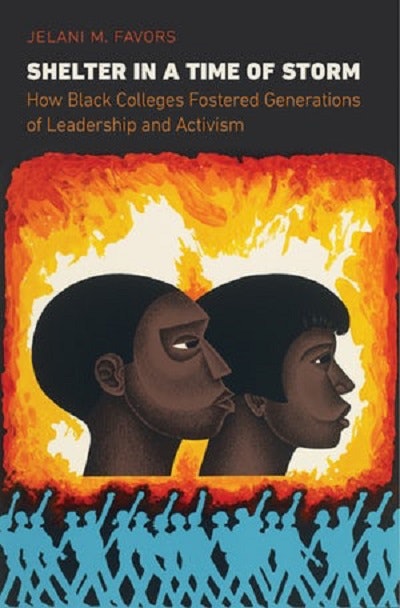
Favors speaks to the curriculum that students were exposed to in the classroom and brings to the fore a legacy of the black professoriate and scholarship that is often forgotten. In addition, Favors makes clear that there was something about the milieu of these HCBUs that was more formative than the content of the courses alone — a second curriculum. Students developed Black consciousness within these institutions. Conversations amongst student leaders, in the student publications, and campus events were about their Blackness. This milieu then taught them pride and functioned as a counternarrative for the broader societal hatred and fear of Blackness and Black people.
An illuminating element of Favors’ research is his robust depiction of college and university presidents. Favors celebrates the intensity and fervor of leaders like Dr. David Dallas Jones, the former president of Bennett College, who intentionally galvanized the all-female study body toward radical activism and exposed students to leading Black intellectuals and activists. Active and shrewd leaders like Jones functioned as exemplars and inspiration for young Black students.
